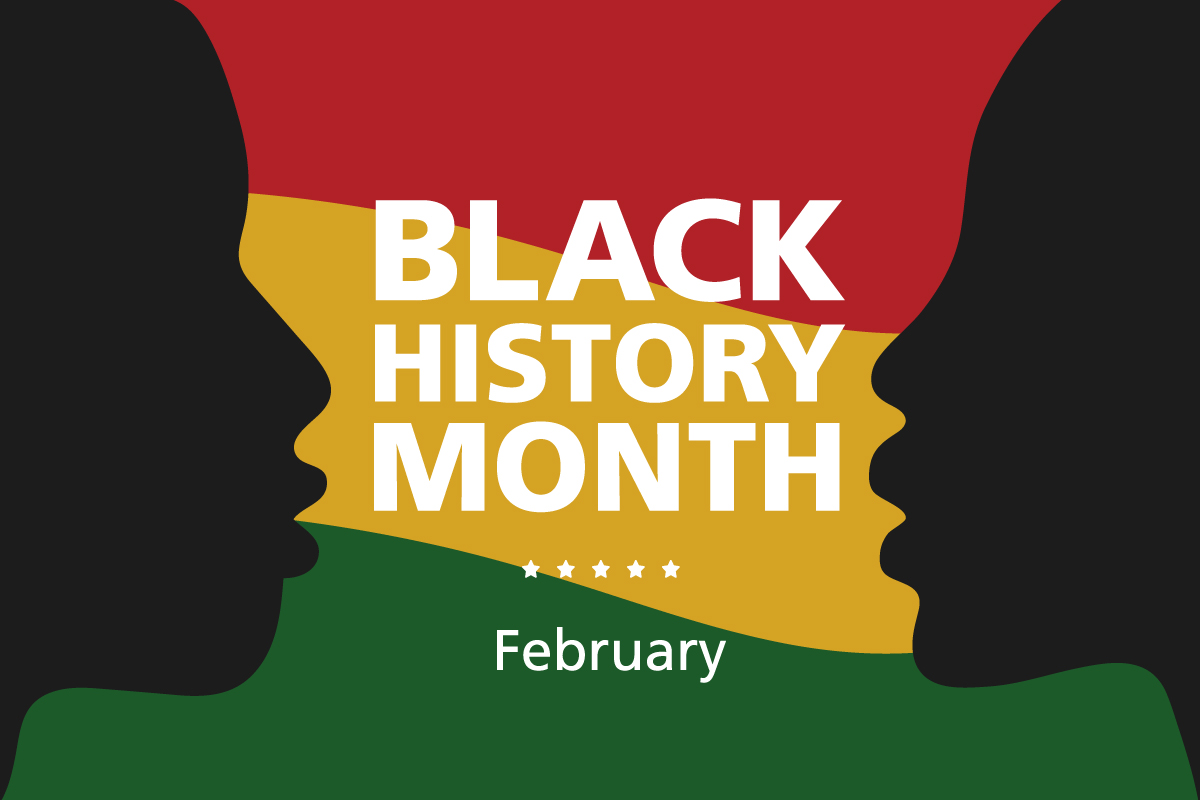The African American Student Success Network — a collaborative effort between the California Association of African American Superintendents and Administrators (CAAASA) and the California Collaborative for Educational Excellence (CCEE) — initiated a professional learning network in 2017 to address disparities faced by African American students in K-12 schools.
Since that time, participating local educational agencies have been making strides toward developing systems that will lead to continuous improvement for underserved students in their communities.
Currently consisting of LEAs including Robla School District, Fresno Unified School District, Pittsburg USD, the San Diego County Office of Education and more, the network is “built around our theory of action, which is how do we support the development and expansion of capacity building for doing this work?” said CCEE Deputy Executive Director Sujie Shin. “And the tenets around the capacity building are around continuous improvement cycles, and then anchored very particularly around principles of equity. That’s really been at the focus of this work.”
Each participating LEA has their own goals, be it reducing chronic absenteeism among African American youth, improving academic achievement or addressing disciplinary issues, but as a network, much of the work had been around identifying ways to measure growth. While anecdotal evidence of a problem is a great starting point, Shin noted that LEAs had to identify the best data to target the problem, look at that baseline data, and then create some goals to achieve in their LEA.
Over time, individual LEA’s goals and strategies have changed, “and I think that gets to our broader overall goal of understanding continuous improvement,” Shin said. “Our goal as a network has been, how do we create a safe space for us to not just share our lessons learned, and our best practices, and our successes, but how do we also come into the space and say, ‘This is not working for me,’ or, ‘We did not meet our last three quarters of student targets. What are we doing wrong?’
“And I think that’s really hard as a district leader in this time and space, especially with something around equity, it’s hard to stand there and say, ‘You know what? I’m not serving my Black students well.’ And so, figuring out how do we create that safe space? How do we create that trust? But then how do we create some real tools and supports to then help people pivot?” she continued. “And that’s the framing that we have for actually changing outcomes for kids, is being able to be vulnerable and try something different when something that you’re doing is not working. They’re sharing best practices, but it’s much more than that — this is really the work of testing out strategies to actually turn around outcomes for kids.”
Napa COE
“There have been a few districts who have walked away from this in the end because they weren’t comfortable with really focusing on say, Black students. I think it is a powerful thing to be able to step in and say, ‘Yes, there’s a lot of different needs everywhere, but we are identifying this very particular need and we’re coming front and center and putting Black student achievement at the heart of our equity work,’ because that needs to be said. Our California School Dashboard data [shows] Black students across every single indicator are performing at that orange or red level for every single indicator.”
Napa COE — with only 2.2 percent of its 18,600 students identified as African American — is a great example of an LEA leaning into this equity work, Shin explained.
The county invested in professional learning opportunities to provide them with the tools to understand and utilize the data collected in meaningful and intentional ways to improve student outcomes. In addition to increasing data literacy among their districts, Napa COE established a county-wide data system, which provided the infrastructure for districts to easily access, share and use data. This gave districts the means to identify and address achievement gaps and helped the county provide tailored technical assistance to districts.
“With Napa, they don’t have a lot of African American students, but I appreciate that as they’re looking at this, what they saw was a real disparity and terms of access and opportunity for some of their Black students. And they’ve been really thoughtful about, ‘How do we really engage in this work to understand what is happening and how we can better serve even a small group?’” Shin said. “In a lot of their districts and even in their county programs, their student groups are so small that they don’t even show up on the Dashboard. So, they’re an example of an LEA that could have very easily been like, ‘We’re fine because the Dashboard shows this,’ but they chose to step into that kind of uncomfortable space. And I think that is, for me, I think, the real sort of highlight or story to be able to share about them.”





